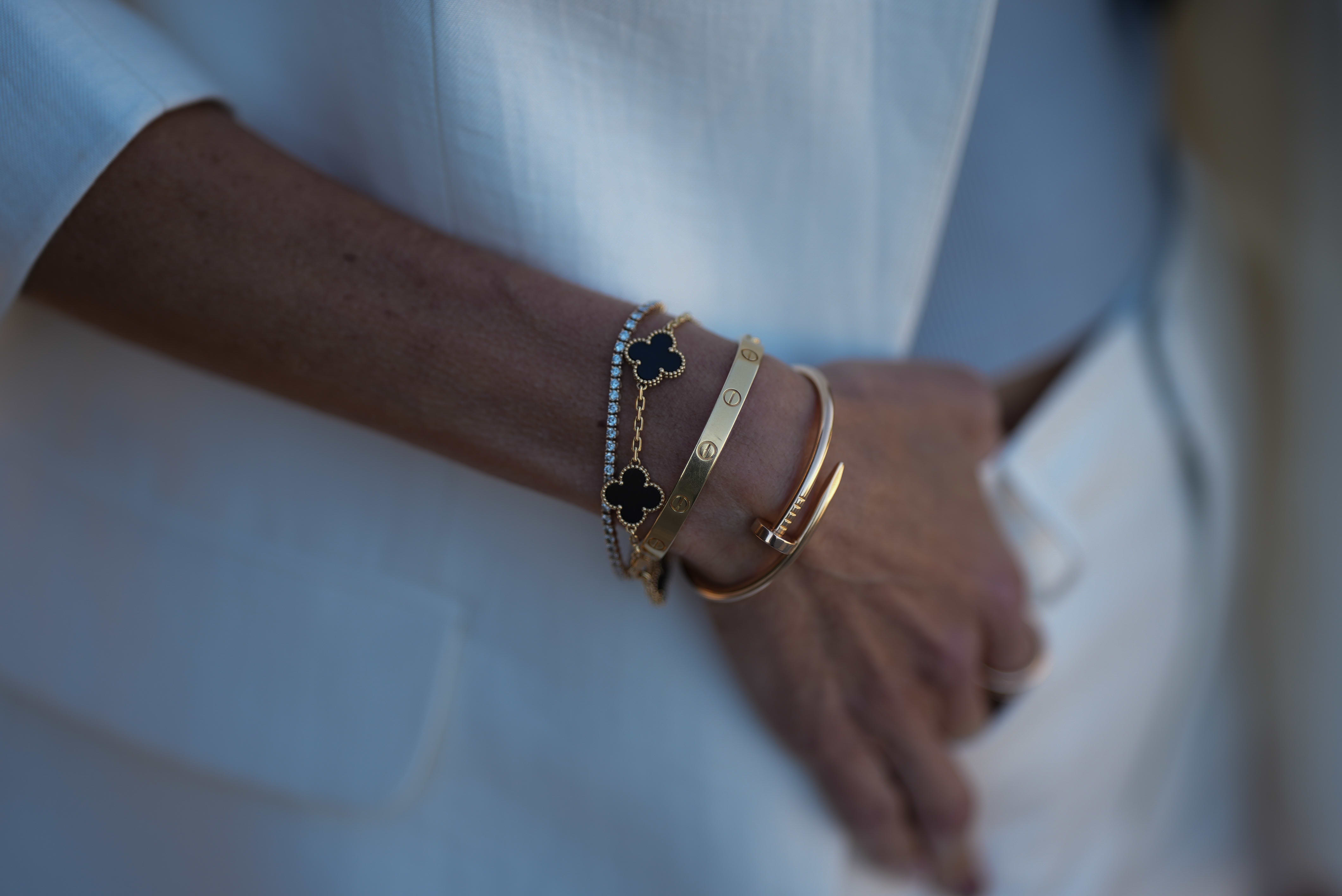By Hayley Cuccinello
Luxury retail was expected to stage a turnaround in 2025 after a promising fourth quarter marked by holiday shopping and post-election euphoria. Instead, U.S. credit card spending on luxury goods fell during the first five months of the year compared with the same period in 2024, according to data from Citigroup.
For the month of May, luxury spending held up better than expected, dipping 1.7% year over year, compared with a 6.8% decline in April and 8.5% in March. Combined spend for the top luxury brands, such as Hermès, even eked out a 0.2% uptick on an annual basis, according to Citi’s analysis of a subset of transactions by the bank’s 10 million-plus U.S. cardholders.
However, these gains aren’t equally distributed. Jewelry has proven to be a bright spot, consistently outperforming other categories like leather goods and ready-to-wear.
Monthly spend on luxury jewelry has increased on an annual basis each month since September, according to Citi. In May, total luxury jewelry spend surged 10.1% year over year.
What’s more, while other categories were buoyed by increases in average spend by customer, jewelry was the only product type to also see an increase in individual customers. Within the jewelry category, however, a cohort of high-end brands lost 2.7% of customers, but those who remained spent 11.7% more on average.
Citi analyst Thomas Chauvet told CNBC that sales have likely been buoyed by the perception of jewelry as investment pieces. Jewelry can also carry more sentimental value, he said, as a gift or to commemorate a life milestone.
“When you have $3,000 to spend on luxury, you know, are you going to buy a piece of jewelry or a handbag for the same price?” he said. “Perhaps the piece of jewelry gives you superior intrinsic value given the precious metals content and superior emotional value and meaning.”
Chauvet added that the recent run-up in gold prices provides further justification.
“It is probably sensible to buy a Cartier bracelet now, given they have increased prices by less than 5% since the beginning of 2025, when gold prices have appreciated by over 25%,” he said.
